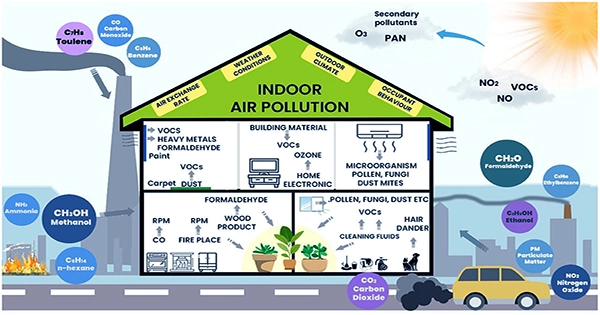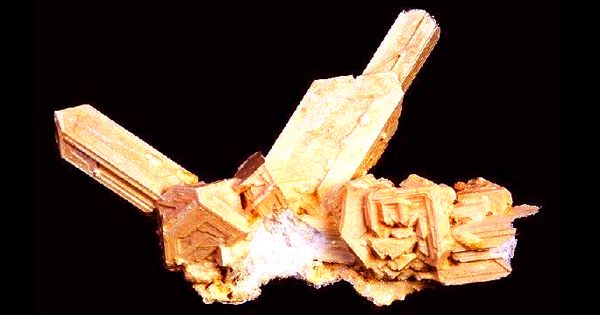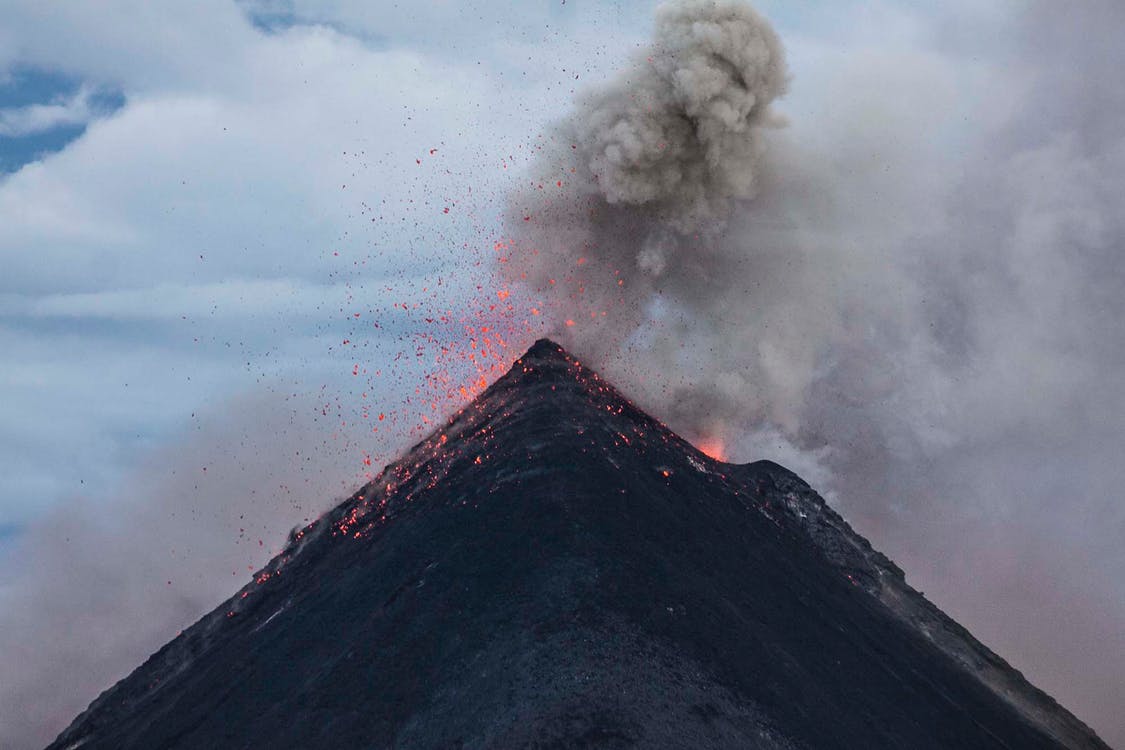In addition to oxygen, nitrogen, and carbon dioxide, the air also contains small amounts of organic gases such as benzene and toluene. These oxidize into microscopic particles, or aerosols, which help water droplets condense into clouds.
The importance of clouds in comprehending past and future climate changes is emphasized in a new study from the Plymouth Marine Laboratory (PML), the Institut de Cièncias del Mar (ICM-CSIC), and the Instituto de Qumica Fsica Rocasolano (IQFR-CSIC).
If we don’t get the clouds right, we won’t get the climate right. We are just beginning to unveil the multiple ingredients that form cloud seeds.
Charel Wohl, Study Lead Author and Researcher, Institut de Cièncias del Mar
The research, which was published in the journal Science Advances, provides an explanation for the initial observations of benzene and toluene in polar waters and proposes that these substances have biological origins. Previously, it was believed that their presence in polar sea air was proof of the extent of human pollution caused by, among other things, the burning of coal and oil.

A Biological Origin: Studying places where the air is still pristine, such as the arctic regions, is the only way to understand how the atmosphere was managed before the significant changes brought on by human activities in the industrial era.
The team used two oceanographic campaigns—one in the Arctic and one in the Southern Ocean—to measure the quantities of benzene and toluene in surface water and air for the study.
Based on the distribution of these gases, their correlation with phytoplankton abundance, and the idea that the ocean continuously discharged these gases into the atmosphere rather than absorbing them, the researchers came to the conclusion that these gases were biological in nature.
By incorporating the data into a worldwide atmospheric chemistry and climate model, the researchers later learned that benzene and toluene emitted by the ocean considerably contributed to aerosol generation.
This was especially true in the very pure and unpolluted atmosphere above the Southern Ocean, where these two gases temporarily increased the number of organic aerosols by up to 80%.
The researchers concluded that the natural influence of marine benzene and toluene on-air chemistry was unquestionably a widespread and universal phenomenon. However, it would now be hidden by pollution’s pervasive effects.
Climate models will have to consider benzene and toluene emissions from the oceans if they want to get the clouds right in climate projections for both the past and the future.
Alfonso Saiz-López, Researcher, Instituto de Química Física Rocasolano
The research’s atmospheric modeling section was led by Alfonso Saiz-López.
According to ICM-CSIC researcher and study co-author Rafel Simó, “this is another illustration of how millions of years of evolution have influenced the interactions between the ocean and the atmosphere, such that ocean life has not only adapted to the climate but has also contributed to its regulation.”
The group will keep looking at how marine tiny life affects the atmosphere in the future. In fact, they’ll be back in Antarctic waters in just two weeks to validate the find and collect more data.
















